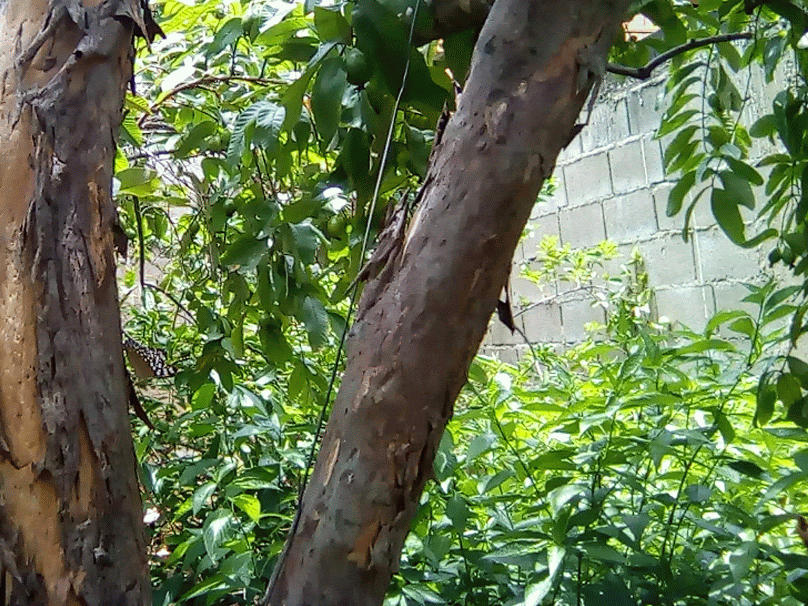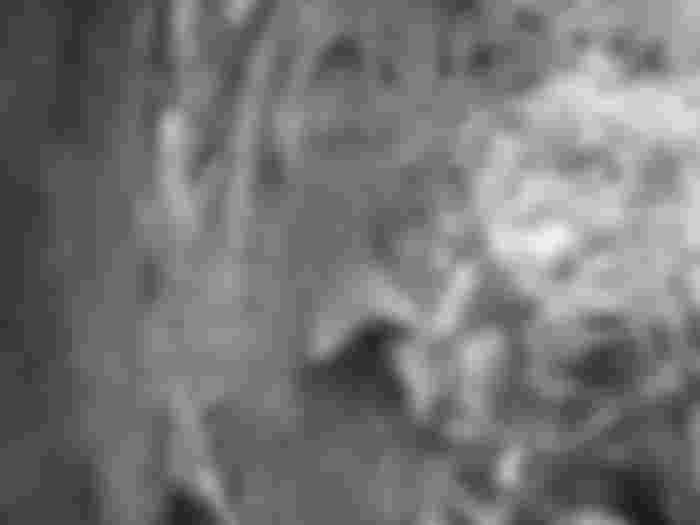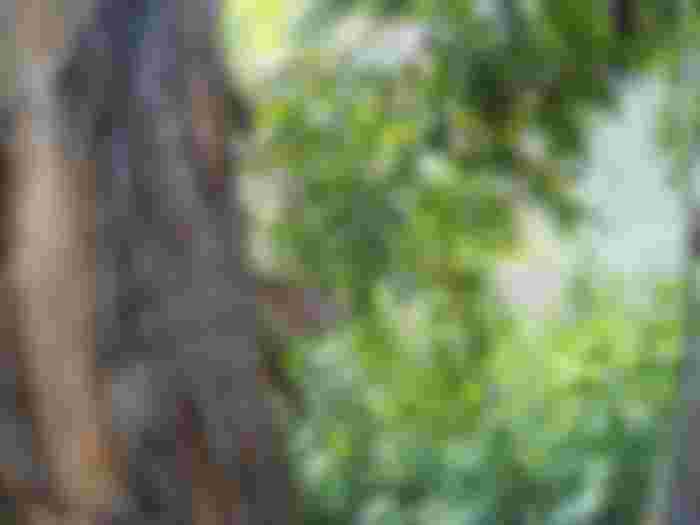Winged camouflage in trees: Hamadryas februa
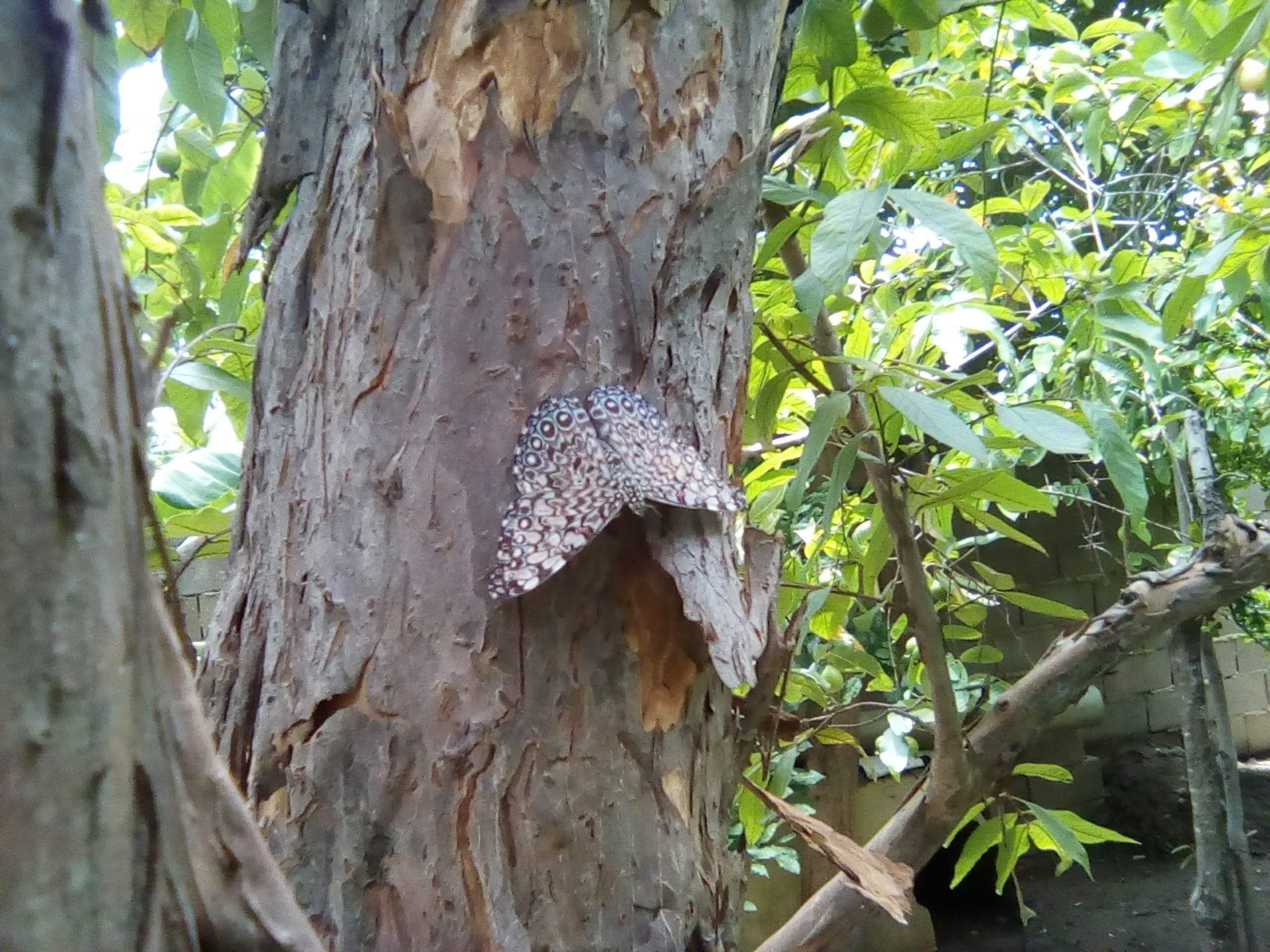
Hello dear Read Cash friend!
We continue studying these curious winged species. I have previously published on my blog in Hive from the Liketu dApp some photographs of this butterfly.
I arrive at the garden, and it has been one of the most complicated to capture on camera. I was flying from tree to tree, so I had to get some exercise that day without meaning to.
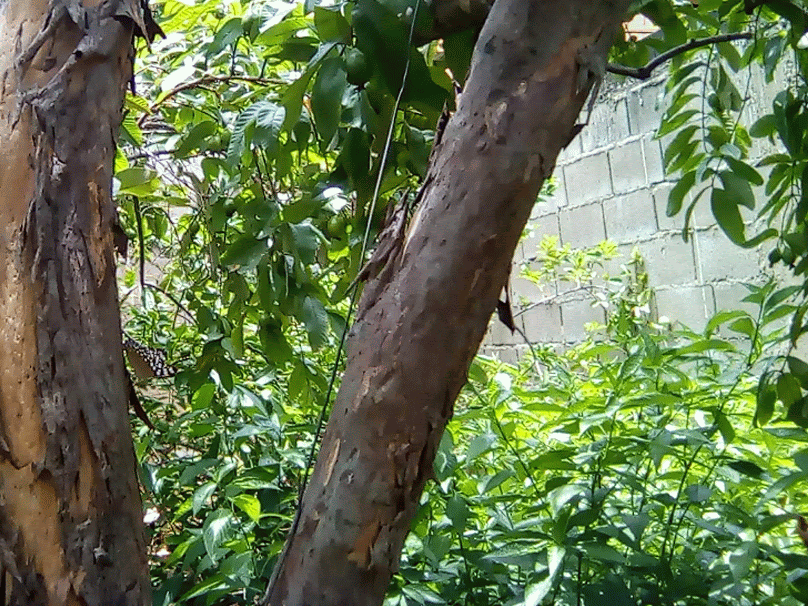
GIF created based on the sequential photographs I captured of the cookie butterfly
Something curious... Its wings are a kind of camouflage, so you have to look closely, so as not to confuse it with the bark that comes off the guava tree.
And don't worry about my tree, he's fine. Every so often it throws away the old bark, which indicates that it is growing more and more, demonstrating the years it has been living in our house. It was the first tree planted here, so it's as old as we are living here.

I searched for information about it again using Google Images, I found his name, and based on that I entered Wikipedia, (here another interesting article). According to what your article says, it is a cookie butterfly, which is a group of butterflies named in this species in this way.

Black and white shot of the cookie butterfly
It can be believed that the name derives according to the figures on its wings. However, it comes from the "crack" sound that male butterflies make through their territory, either to mate or to protect themselves from other butterflies of their species.
This species is also neotropical, which means that it lives in South America, Central America, and can reach Arizona, United States. I have seen it in my Caribbean land, in my garden, in the Anzoátegui State of Venezuela.

Underside of butterfly wings
The Hamadryas februa, or cracker butterfly, is also known as captain februa, Gray Cracker, Gray Thunderer Butterfly, Common Dreamer Gray Cracker in English, Estaladeira-cinzenta in Portuguese (gray cattle).
This species is extremely interesting. I have observed her carefully, her behavior is different from the others. It is always found on surfaces that have colors similar to its own, such as this tree, the earth, or concrete. So when investigating I confirmed my suspicion, they are extremely territorial animals, in addition to using their appearance as camouflage to avoid predators.
Thank you for reading!

I love writing, and taking photographs, so here I leave you other places where I also write with a lot of love.
Blogs:
✒️Read Cash | ✒️Hive Blog | ✒️Blurt Blog
Vlogs (video platforms):
✒️Youtube | ✒️TikTok | ✒️Rumble
My book (Spanish):
✒️My book on Wattpad: Crimson Skin
And here are my social networks:
